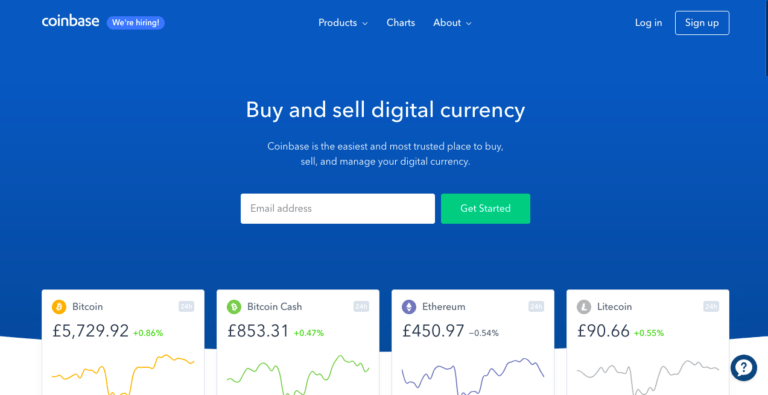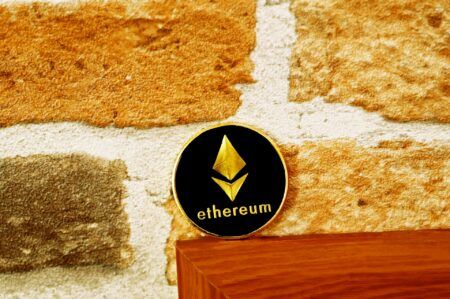Early in the new year, Coinbase CEO Brian Armstrong took time to give a recap of how the last months of 2018 treated the company. In a blog post, Armstrong gave a brief overview of some of the biggest achievements realized during Q4 of last year.
He specifically noted the success of the Series E fundraising round, which raised more than $300 million in order to foster adoption of crypto and other digital assets. The round, which ended in October, was led by Tiger Global Management with participation from giants like Y Combinator, Polychain, and Andresseen Horowitz.
Building Up a Crypto To Fiat Bridge
Armstrong explained that Coinbase staffers worked to launch a variety of features, products, and integration to “scale our ability to serve customers” in Q4. New features included the ability for customers to trade cryptocurrency pairs directly, the introducton of PayPal integration for customers in the United States, and the launch of the USDC stablecoin in conjunction with Circle.
CryptoGlobe reported in November that Circle released an attestation report by accounting firm Grant Thornton LLP to exhibit proof the stablecoin had enough USD reserves. Circle indicated there would be monthly reports from the law firm concerning “the US dollar reserves that back the USDC tokens in circulation.”
Armstrong touted the on-blockchain migration of around $5 billion dollars’ worth of cryptocurrency within its cold storage infrastructure as an example of ‘putting security first.’ The CEO also listed several companies and organizations Coinbase invested money into over Q4. These included Spacemesh, Abacus, Risk Labs, and Alchemy.
He wrote that investments “represent our commitment to advancing the ecosystem toward the utility phase of crypto, and fueling projects that get us closer to an open financial system.”
What we accomplished in Q4 2018 at Coinbase 🥳 Happy new year! https://t.co/6yreKEAat7
— Brian Armstrong (@brian_armstrong) January 2, 2019
Armstrong noted he was impressed by the ability of Coinbase staffers to keep up with short timelines and solve “problems that have never been solved before.” He indicated one major focus for the new year would be better employee cohesion since “we’re a largely new team that still needs to come together and gel.”









